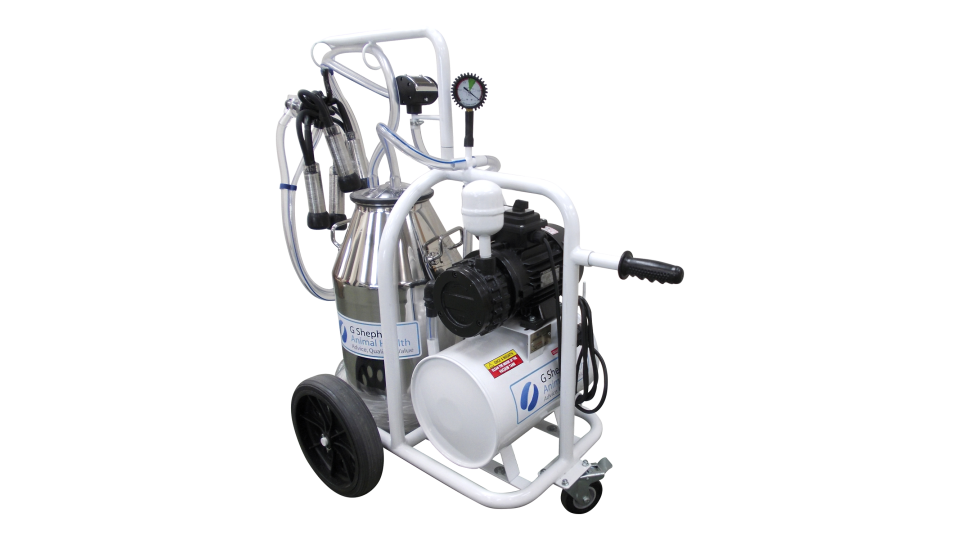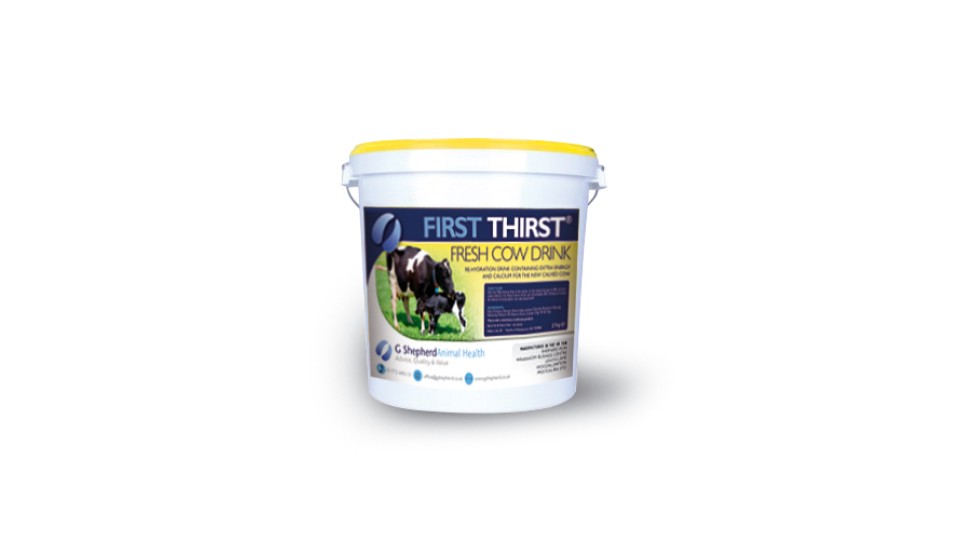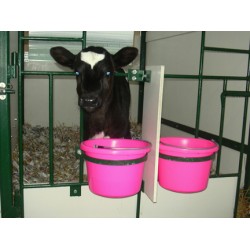CALCIUM – How it works & what it actually does!
In my opinion there is too much talk (and marketing from big firms) about the little micronutrients.
It is important to get the big things right first, e.g. Water, Appetite, Energy, Protein, Fibre and the so called MACRO MINERALS, these are Calcium, Phosphorus, Magnesium, Sodium, Potassium, Chloride & Sulphur.
So, today, CALCIUM- you use the word a fair bit, it’s a thing, a problem, a diagnosis. But what does it actually do?
Correct calcium levels around calving are needed to:-
- Keep the cow standing up and walking around
- Keep the cow eating well
- Produce a good milk yield
- Keep the cow healthy.
WHAT IS CALCIUM?
Calcium is a metal, like iron, but the animal eats it as mineral salts and uses it in small particles, called “ions” in solution in the fluids of the body, deep in the nerves and muscles.
WHY IS IT SO IMPORTANT IN THE DAIRY COW?
It is involved in the nerves that send signals to the muscles. It is also needed to make the muscles do their jobs too. LOW CALCIUM obviously then causes WEAKNESS in the cow.
MILK FEVER is the commonest “Calcium Problem” that you will see. The weakness in the muscles keeps the cow on the floor. It is due to the calf and the udder grabbing the calcium.
SUB-CLINICAL HYPOCALCAEMIA is the commonest problem you cannot see! But you see its effects as the problems that stop the new calved cow from getting off to a good start and achieving her full potential. The effects include Displaced Stomach, Mastitis, Retained Cleansings, Womb infections, Poor appetite, ketosis and low milk yield.

HOW CALCIUM WORKS:-
1) Calcium ions are involved to the nervous impulses that tell things to happen. Low calcium = poor signals, and body parts do not know what to do!
2) Calcium works a part of a Ratchet Mechanism in the muscle. Its complicated, but basically the nerve impulse causes Calcium to be released into the muscles. This calcium then allows the muscle fibres to “slide shorter” or “telescope” over each other. The Calcium is a vital part of the system.
The calcium allows the “Ratchet Mechanism” to give the muscles POWER:-

Think of it as Calcium “exposes the teeth on the ratchet”
LOW CALCIUM = LOW POWER IN THIS RATCHET SYSTEM IN THE MUSCLES
LOW CALCIUM = LOW POWER in all muscles, resulting in a all the milk fever related problems
- WEAK HEART,
- SLOW GUTS,
- OPEN TEAT END,
- WEAK WOMB &
- WEAK LEGS
SO WHERE DOES THE CALCIUM NEED TO COME FROM?
Answer- Mainly from the bones, but bones are solid and the system for making solid bone into small ions in solution is complicated and can become sluggish. Magnesium & Vitamin D are needed for this to happen.
Calcium also is absorbed from the food in the gut. This also need Vitamin D.
DRY COW NUTRITION SHOULD HELP-
Your nutritionist should be able to make a program to fit your farm, fitting in your forages and maybe calcium Binders, DCAD and other strategies.
OFTEN A TOP UP IS NEEDED-
Despite the best management , some cows just cant mobilise enough calcium from their bones in time to meet all the demands, so the muscles do not have enough power.
There is about 6 kg Calcium stored in the bones!
The calf and the Udder take 11 grams of Calcium a day from the blood. If blood levels drop by a quarter, then the cow is in Sub -clinical hypocalcaemia. If the blood levels drop by a half then the cow is on the floor!
TMR should contain say 200g of Calcium for a cows daily intake, so the cow needs to eat her ration.
A “top up” helps keep the gut muscles and leg muscles going so she eats her ration.
Suitable “top up” supplements are Boluses and Fresh Cow Drinks.
The two we manufacture are:-
FRESH CALC BOLUS D3- CLICK HERE
This bolus provides a fast release powder that quickly gets into the cows system, in a smooth gelatin capsule-
- 2 fast-acting Calcium Sources
- Magnesium to help move Calcium from the bones
- Vitamin D3 to help the bone mobilisation and uptake from the gut.
FIRST THIRST FRESH COW DRINK- CLICK HERE
This gives your cows the following benefits:-
- First Thirst Fresh Cow Drink delivers 63 grams of calcium to the newly calved cow.
- The calcium in First Thirst Fresh Cow Drink is in four different forms to provide fast and intermediate speeds of availability to help the cow through the post-calving hours when the need for supplementary calcium is greatest.
- Contains a unique form of Calcium that stimulates uptake of other calcium sources as well as being highly available itself. This is used in human osteoporosis also.
- Additional to the 63g of calcium, electrolytes (sodium and potassium) and the fast energy sources of glucose, lactate, lactose and propionate are included in First Thirst Fresh Cow Drink to help the cow’s metabolism immediately post-calving.
- Drinking 20 litres of water (weighing 20kg) immediately after calving re-fills and re-ballasts the rumen, helping to avoid developing a displaced abomasum.
Dr Graham Shepherd
April 2021







